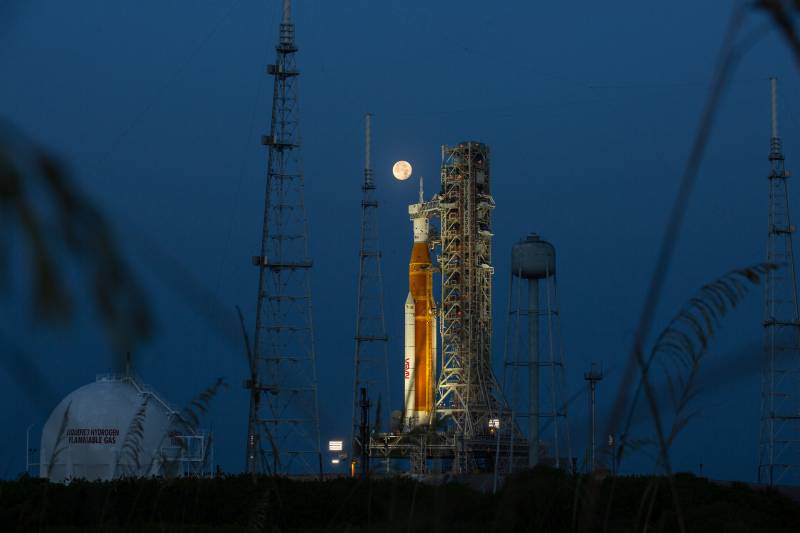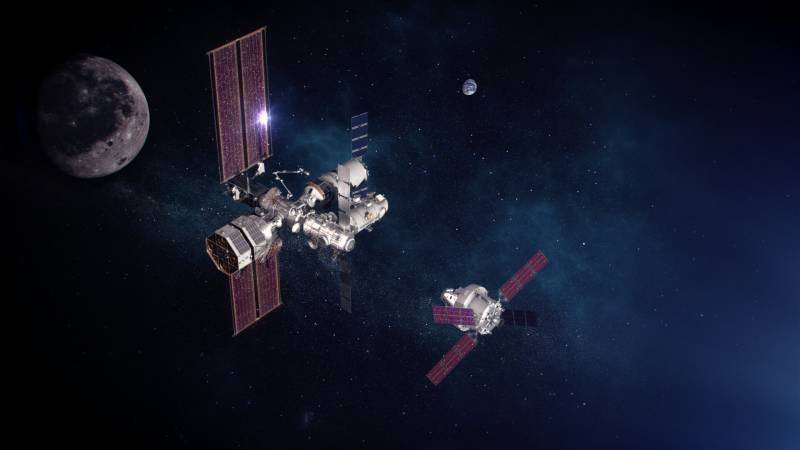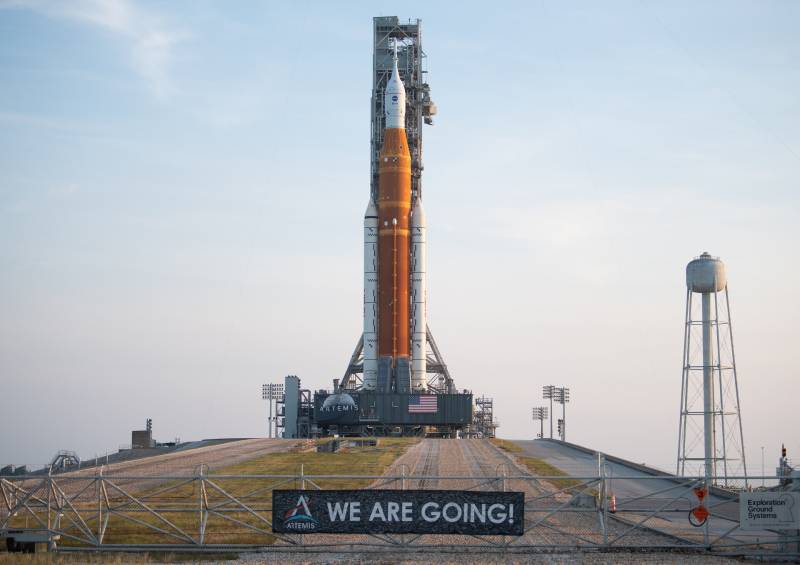Update 8:20 a.m., Friday: The Artemis I launch has been postponed due to a fuel leak and then an engine problem. The next launch attempt will be on Saturday, September 3 at 11:17 a.m. PST.
NASA’s launch of Artemis I will kick-start the space agency’s “Moon to Mars” initiative by sending an uncrewed spacecraft to orbit the moon for six weeks. The Artemis program, which you can watch below, aims to return humans to the moon in order to learn about survival in space.
“NASA’s Artemis program will pave the way for humanity’s giant leap for future missions to Mars. There’s no doubt that we are in a golden era of human space exploration, discovery and ingenuity in space and it all begins with Artemis I,” said NASA administrator Bill Nelson.
NASA is providing a livestream of the liftoff from NASA’s Kennedy Space Center in Florida. You can watch the livestream right here, or join a watch party.
Should weather or any other problem interfere with the launch, NASA has set Sept. 2 and Sept. 5 as alternative dates.
Artemis I will send the Orion capsule into orbit carrying three mannequins fitted with sensors to provide data on what crew members may experience in future flights.
Orion will orbit the moon for about 42 days, allowing time for NASA to test a series of critical systems before it moves forward with a crewed mission.



